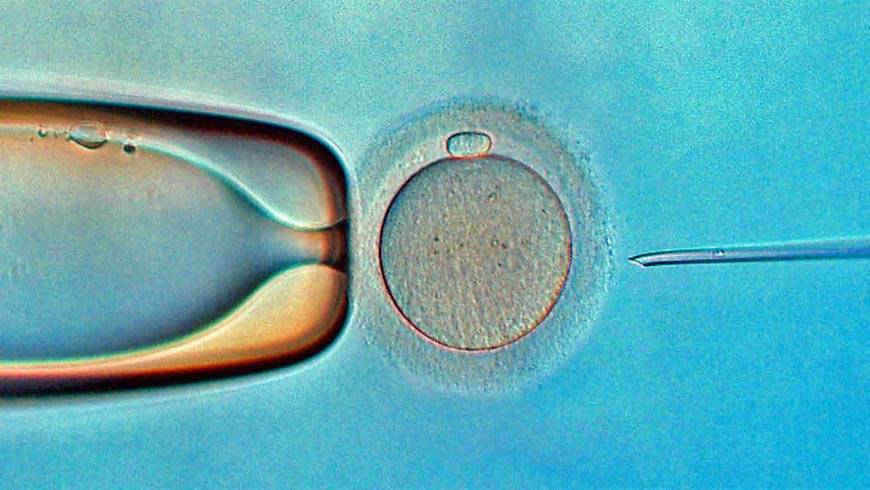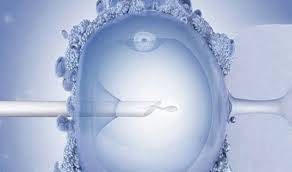Microinjection
Depending on the number and morphological features of sperm, when fertilizing eggs with sperm, two methods are used: typical test tube baby (IVF) or microinjection (ICSI). In a typical IVF procedure, eggs collected and sperm the amount of which is calculated according to the number of eggs are made ready and put together in a specially prepared medium of fluid. Within this medium, sperm and eggs do the fertilization process. In about 18-20 hours, it is checked for whether fertilization has occurred or not, and if yes, to what extent it has occurred. In microinjection (ICSI), however, in order to fertilize the egg, sperm is directly injected into the egg by use of a special pipette. Microinjection is especially used in cases where there are issues regarding the number and morphology of the sperm, when, on previous, treatments there couldn’t be sufficient numbers of fertilization and when recurrent unsuccessful IVF treatments. Pregnancy rates increase significantly in such cases.
Because during microinjection, male’s sperm is placed into the cytoplasm in the female’s oocyte (egg), it is known as “Intra-Cytoplasmic Sperm Injection” (ICSI). ICSI has been revolutionary in terms of male infertility.
When Should ICSI (microinjection) be preferred?
- When there was no fertilization with previous IVF treatments,
- Low fertilization rates on previous IVF treatments,
- When sperm is collected via surgical methods such as TESA/TESE
- When sperm parameters are not good.
Microinjection applications have surpassed classical in-vitro fertilization (IVF) methods…
When ICSI was first developed, it was thought to be used only in cases when fertilization was at risk when sperm and eggs were brought together and that for all other cases traditional IVF would be used.
Today, many IVF (test-tube baby) clinics have started to apply ICSI in their test-tube procedures due to higher rates of success. If or whenever there is an option of ICSI, IVF has not been considered.



